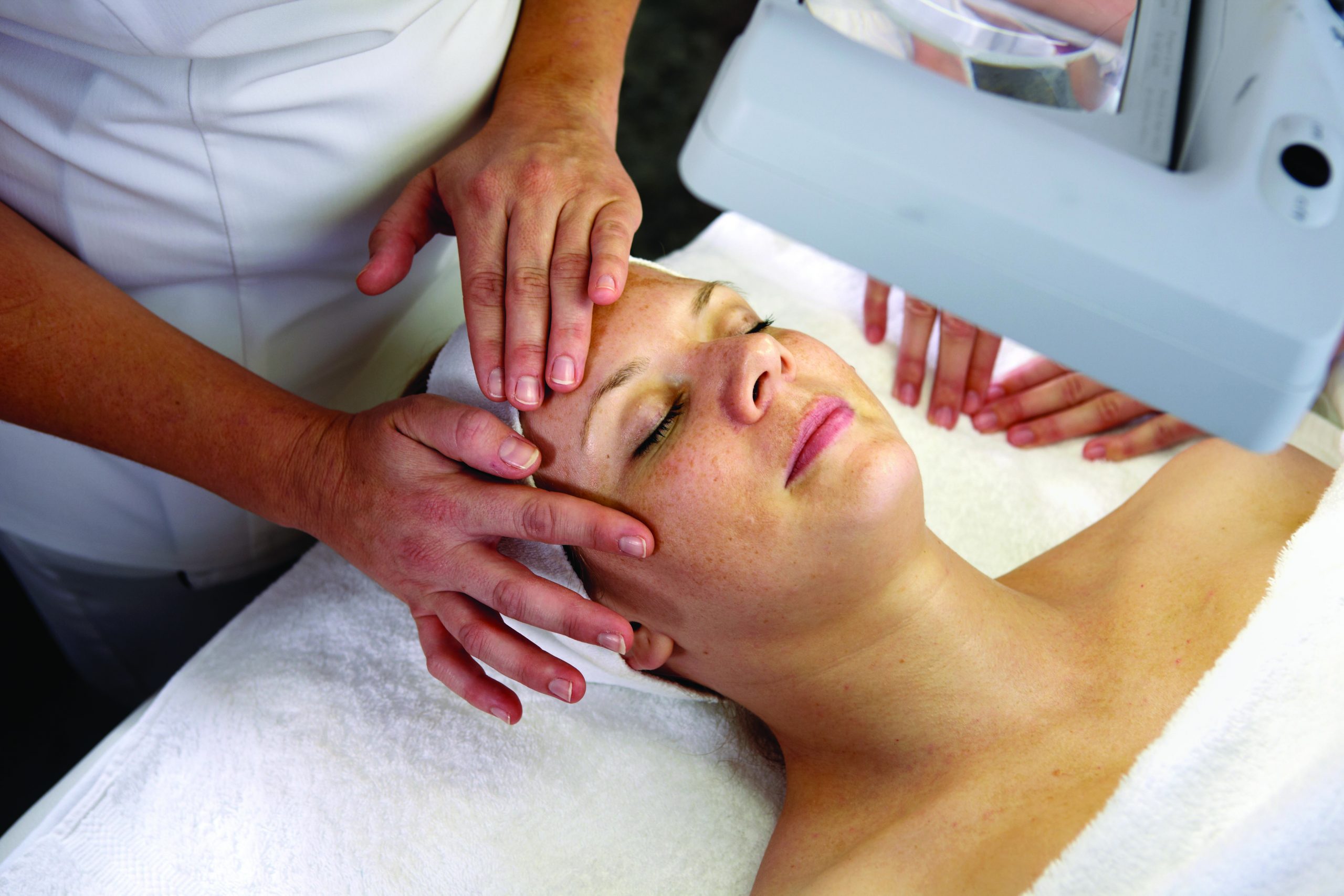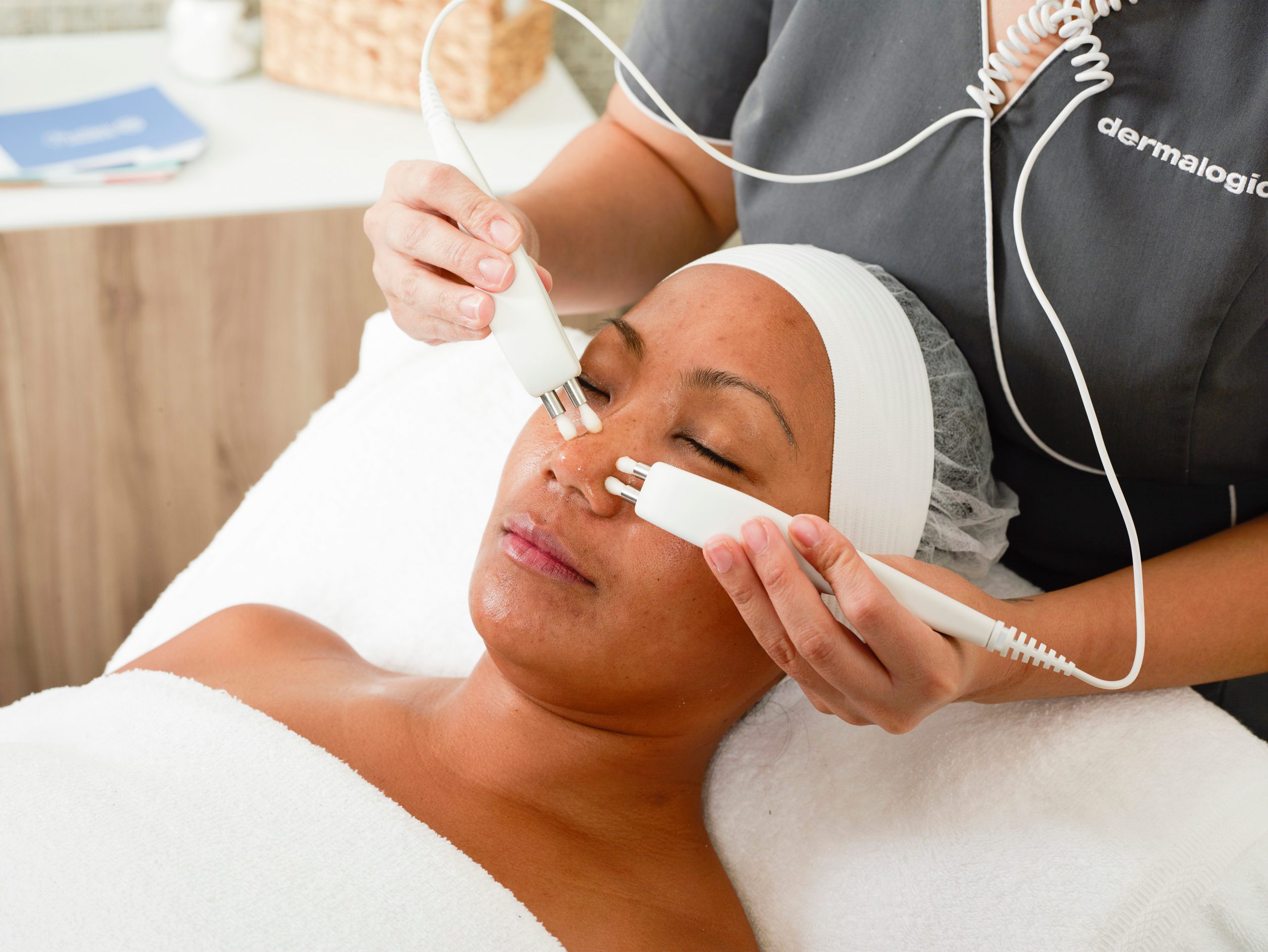
Treating dry skin can be a struggle for both skin therapists and clients. In order to deliver the nourishing relief persistently parched skin craves, it’s important to understand what dry and dehydrated skin lacks on a cellular level. Environmental and biological factors take a toll on skin by deteriorating crucial lipids and hydration in the skin’s protective barrier. Whether your skin is chronically dry or just experiencing occasional dehydration, it’s important to protect and maintain a strong barrier to lock in moisture and protect skin from the inside out.
Our skin cells produce a renewable, biochemical barrier that shields our internal systems from environmental stress and help prevent transepidermal water loss (TEWL). As keratinocytes are pushed upward from layers being generated below, cells keratinize and form byproducts that make up our skin’s barrier. A hydrating substance called natural moisturizing factor (NMF) is formed within the keratinized cell while sterols, fatty acids and ceramides are expelled into the intercellular space forming the the lipid bilayer. NMF is crucial to maintaining hydration levels needed for enzymatic desquamation and skin flexibility while the lipid bilayer provides a sticky waterproof matrix that cells adhere to. These key components work together to keep our skin luminous, hydrated and resilient by keeping irritants out and locking hydration in.
While dryness and dehydration can often overlap, it’s important to be able to identify the most effective ingredient technologies and targeted formulas to combat lack of lipids and and hike up hydration.
Genetically dry skin lacks certain cellular structures needed to produce the protective lipids of a healthy barrier. Because dry skin is different on a cellular level, even skin on the scalp and body feel dry, dull and rough. Since dry skin lacks protective lipids that lock in hydration and block out irritants, this skin type is more susceptible to dehydration, inflammation and early signs of aging. When selecting products for dry skin, it’s important to maintain hydration and replenish lipids to prevent the cascade of TEWL and inflammation that a depleted barrier can cause.
Dry skin products can supplement lipid deficiencies with oil based and emollient-rich ingredients that replenish and reinforce the specific ratio of sterols, free fatty acids and ceramides in a healthy lipid bilayer. Phytosterols, Linoleic acid and Linolenic fatty acids from safflower plus plant derived Ceramides help optimize barrier function for smoother, more radiant skin.
A major contributor to dry and dehydrated skin are cleansers that strip skin of it’s protective lipids. Since our skin is slightly acidic, harsh surfactants and alkaline cleansers like soap can leave our barrier depleted and the skin feels tight. It’s important to identify your skin’s oil production levels to select the best pH balanced cleanser that will effectively remove debris and excess oil without stripping the skin of its natural protective lipid bilayer.
For dry skin, lipid-enriched surfactant systems like Directly Esterified Fatty Isethionate (DEFI) gently lift impurities while helping to minimize damage to vital barrier lipids. This cutting edge surfactant is pre-saturated with fatty acids to help nourish and condition the skin.
Dehydrated skin specifically lacks water. This condition can be chronic or occur periodically depending on diet, improper product usage, and environmental factors. Dehydrated skin feels tight, but it can also feel oily in areas and tends to have a crepey, reflective shine almost as if the skin had a thin layer of plastic cling wrap on it.
The skin’s NMF helps retain hydration, but when barrier lipids are diminished and skin is exposed to arid environments, Transepidermal Water Loss (TEWL) can spike leading to dehydration. Topical humectants like the dual weight hyaluronic acid combat superficial dehydration by infusing skin with continuous hydration. A network of low and medium weight hyaluronic acid suspend throughout the epidermis to lock in a reservoir of moisture.
Being able to identify the difference between dryness and dehydration is half the battle when combating parched skin. Armed with the facts and these ultra nourishing and super hydrating ingredients, clients will be well armed in their struggle to replenish their dry skin.
stay in the know
Get special offers on the latest developments from Front.



